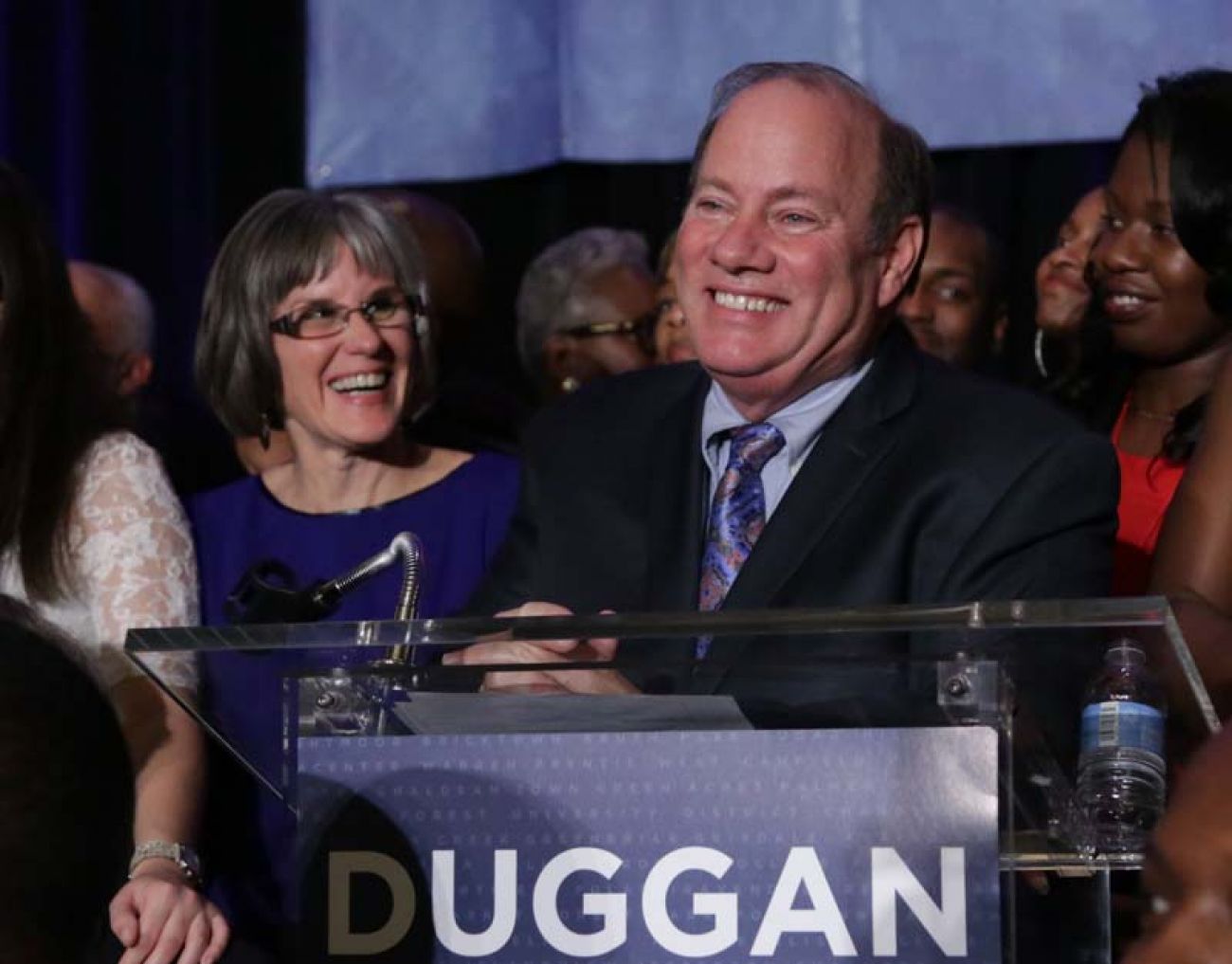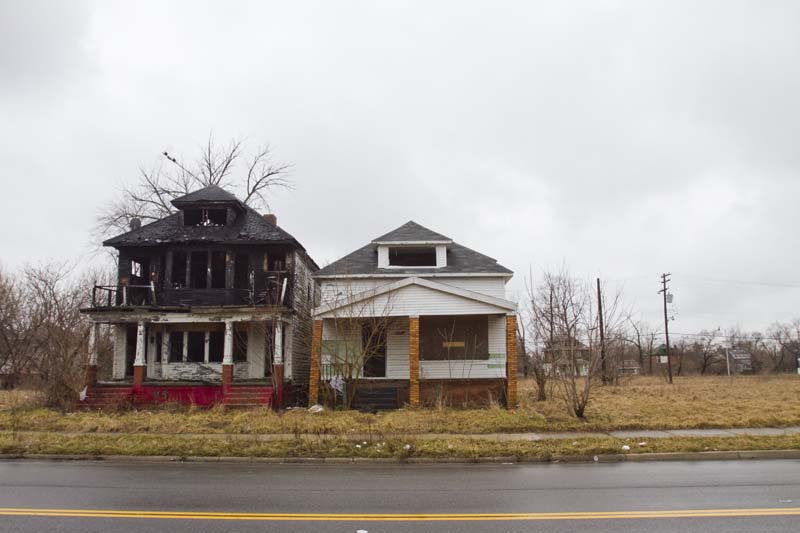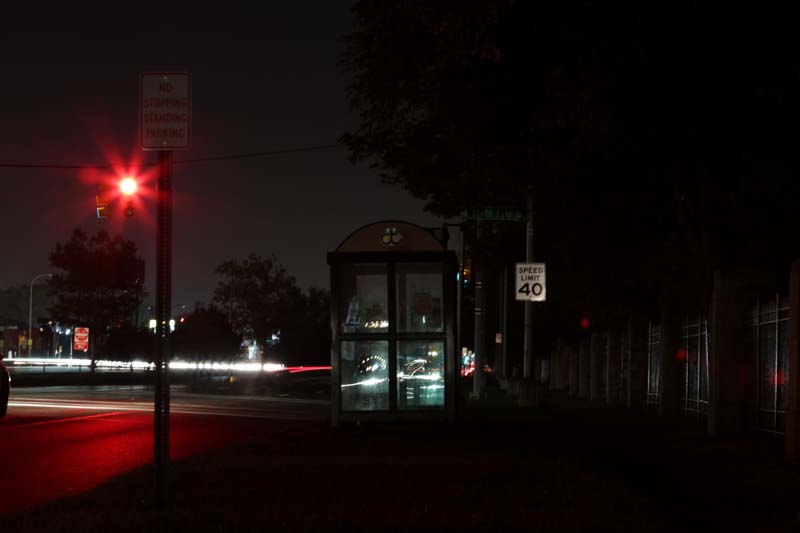Benchmark Detroit: Charting Detroit’s path from rock bottom

Detroit is a city of superlatives and, these days, they’re not good ones: Most dangerous. Lowest incomes. Highest poverty. Biggest exodus. Worst schools. And last year it became the largest U.S. city to go bust. Ever.
So last March, with the city facing crushing debt, Gov. Rick Snyder appointed Emergency Manager Kevyn Orr and soon sought bankruptcy protection. Now, there are almost daily reports of impending plans to cut benefits, strike deals with banks and provide millions of dollars to fix the city.
Regardless of which moves are made, they will require pain. It will be felt acutely and most publicly by those closest to a city pay stub or pension check. They’re already facing steep cuts in health care, and pensions will most likely be slashed. But make no mistake: the city’s recovery will tax the patience and daily lives of all 700,000 residents and the companies that do business in Detroit, in one way or another. That pain will only be worth it if substantive, positive and measurable steps are taken.
With that in mind, Bridge Magazine, and its partners in the newly created Detroit Journalism Cooperative, are working together to monitor and analyze these efforts. Bridge and nonprofit partners WDET, Michigan Radio, Detroit Public TV and New Michigan Media – through funding from the John S. and James L. Knight Foundation and Renaissance Journalism’s Michigan Reporting Initiative and the Ford Foundation – will highlight the challenge and the promise of Detroit’s future. We will acknowledge when progress is made, and note when the city slips backward. We will hold public officials to their ambitions, and examine whether the pains and the gains of Detroit’s recovery are spread fairly.
Today, we start by setting benchmarks of where Detroit stands in early 2014. Later this year, we’ll transform those benchmarks into a dashboard to gauge the city’s progress on measures large and small, obvious and more ephemeral.
For many, the portrait painted here will be familiar, a collection of headlines from the past. For others, the scale may surprise. For instance, if Detroit cut its murder rate in half, it’d still be No. 8 in the country. If its housing vacancy rate (at 30 percent in 2012) equaled the second-worst city, hurricane ravaged New Orleans (24.1 percent), Detroit would have 24,000 more occupied homes – or more homes than the entire downriver community of Taylor.
And Detroit’s median household income – the lowest among the nation’s largest cities at $23,600 – is a full 30 percent below the 10th-lowest city, Toledo, at $31,600.
These numbers don’t discount the concrete gains roaring across pockets of the city. Midtown has got its mojo back, southwest Detroit is thriving and downtown is attracting thousands of workers as Rock Ventures’ Dan Gilbert, the Detroit Medical Center and others stake multi-million-dollar bets on the city’s business revival.
If the city can address its most vexing problems, it could be rewarded with many residents who decide to stay put, and an army of expatriates ready to join the young professionals who are driving up rents for downtown lofts and apartments and bringing new vitality to Detroit.
“My friends and I, they all say they love it,” said Tiandra Hodge, a 1999 Cass Tech grad who has returned to Detroit after living in Washington, DC and Miami. “They say they wish they could come back.”
Before that wave arrives, Hodge said she knows the city must begin to deliver the kind of reliable basic services that residents take for granted in places like Southfield and Dearborn, Chicago and Atlanta. Friends profess their love of Detroit, Hodge said, but they still ask about the high crime and failing schools.
“You can’t come here and see what’s happening in the neighborhoods and sugarcoat that,” said Betsy Berens, a 23-year-old from Wisconsin. She was one of the 27 Challenge Detroit fellows from last year who now proudly call Detroit home.
Hodge, Berens and thousands of others know that any gains in the city must extend into the neighborhoods where the pain is felt most acutely.
Orr’s plan is to divert savings won through bankruptcy to spend $120 million on new police cars, fire equipment and blight removal. New Mayor Mike Duggan has set his own, more urgent timetable, imploring city residents considering a move to give the city six months to show it can improve blight removal, street lights and bus service.
Orr has said he wants to end his role as emergency manager by the fall. But before he hands over the reins to the city to Duggan and City Council, he is trying to recast a city budget that is choking on debt. The Cooperative will be monitoring those efforts, in a city where more money is spent on loans, pension obligations and other debts – so-called legacy costs –than on the combined salaries of police, fire and other city workers.
More than 42 percent of all city revenues will be poured into legacy costs this year, up from just under 30 percent in 2008. How Detroit restructures its spending will be critical to its ability to succeed after bankruptcy.
To be sure, Detroit won’t solely be fixed by City Hall and a court decree. What ails the city is more than an unbalanced budget and a bloated collection of bad loans. Years of disinvestment, migration and mismanagement have created problems that extend well beyond City Hall.
Detroit needs more jobs and more workers. It needs better schools and more involved parents. It needs safer neighborhoods, better housing, more cops and working fire equipment. Students and working people need street lights that work, and buses that arrive on time. When someone calls 911, they want to feel confident help is on the way.
Progress cannot be measured by the number of new coffee shops along Woodward or lofts above Jefferson. Any rebirth must include visible, concrete steps that help the roughly 700,000 residents who call Detroit home.
Tiandra Hodge grew up in Rosedale Park and knows that its residents worry about crime and job opportunities. But they also are proud and want to have a voice in whatever direction the city takes. It cannot just be about the young who are coming into the city. It has to be about those already here.
“I think they just want to know they are factored into the new Detroit,” Hodge said.
Whatever that “new” Detroit is, we’ll be keeping track.
See what new members are saying about why they donated to Bridge Michigan:
- “In order for this information to be accurate and unbiased it must be underwritten by its readers, not by special interests.” - Larry S.
- “Not many other media sources report on the topics Bridge does.” - Susan B.
- “Your journalism is outstanding and rare these days.” - Mark S.
If you want to ensure the future of nonpartisan, nonprofit Michigan journalism, please become a member today. You, too, will be asked why you donated and maybe we'll feature your quote next time!


 Two abandoned houses sit on a large vacant lot on Detroit's east side. (Jarrad Henderson/Detroit Free Press)
Two abandoned houses sit on a large vacant lot on Detroit's east side. (Jarrad Henderson/Detroit Free Press) The only light at a bus stop comes from traffic signals and passing cars (courtesy photo/Detroit Free Press)
The only light at a bus stop comes from traffic signals and passing cars (courtesy photo/Detroit Free Press)